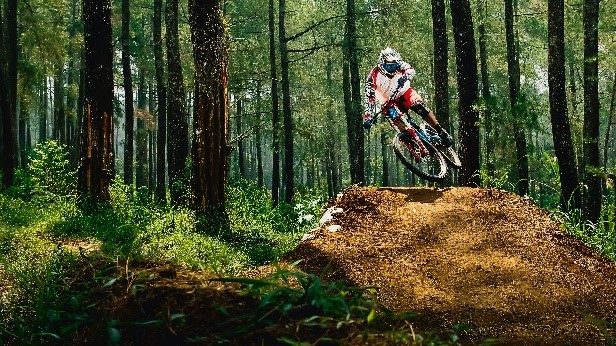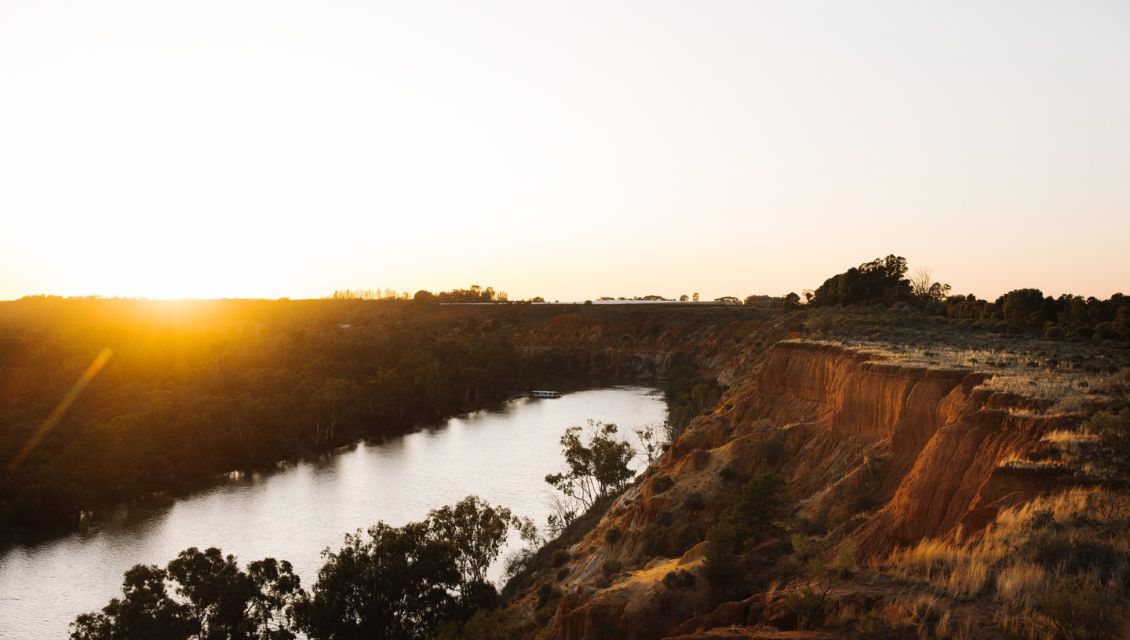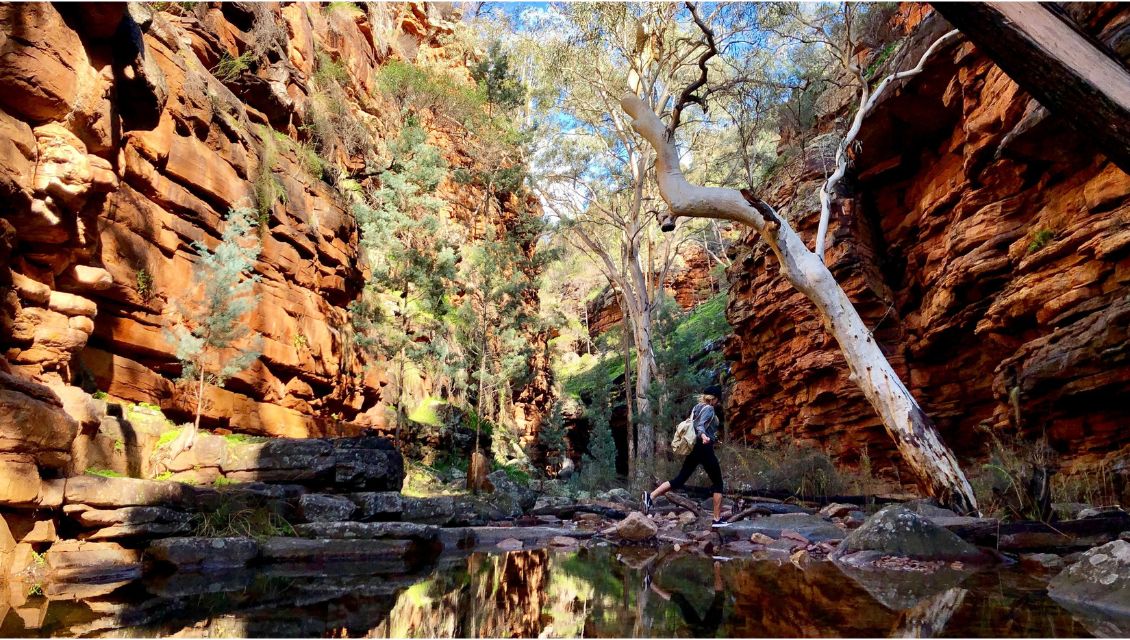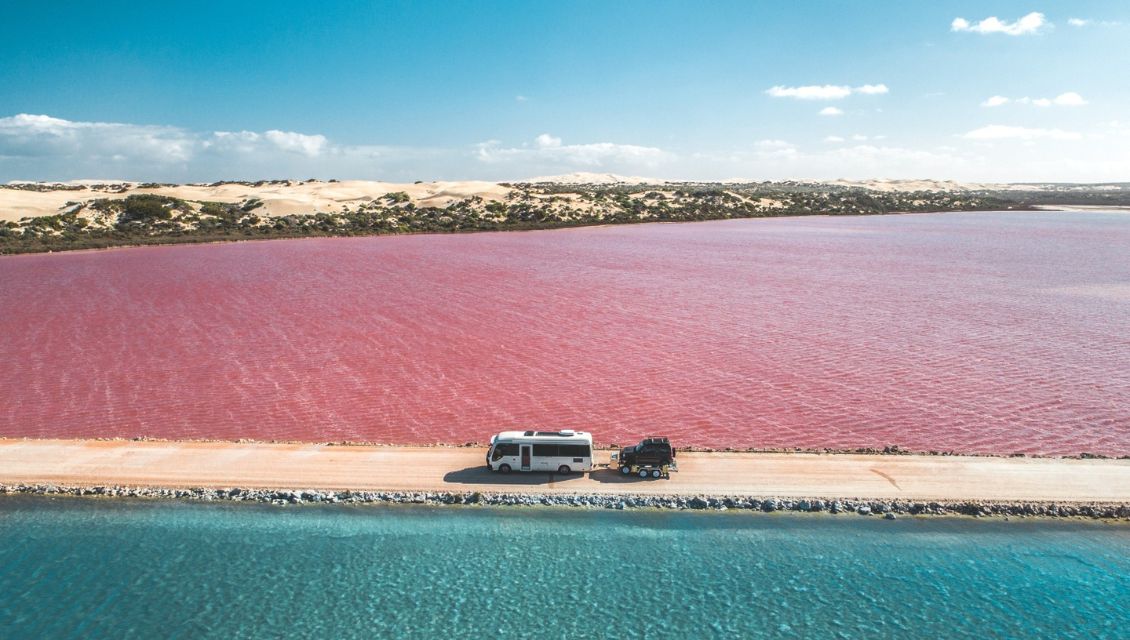The site, at Point Lowly, is the only known location where you can witness aggregations of the majestic Giant Cuttlefish, and it’s right here in South Australia. The stunning sight can be experienced during breeding season which takes place between May and October each year.
It’s an internationally renowned phenomenon and, in February this year, the Cuttlefish Coast Sanctuary Zone was added to Australia’s National Heritage List.
Government, fishers, tourism operators and admirers of these cuttlefish keep a close eye on population numbers, to ensure this iconic species is sustainably managed now and into the future.
The South Australian Research and Development Institute (SARDI), the research arm of the Department of Primary Industries and Regions, has led the research into this iconic species in South Australia for more than two decades, tracking population trends.
Dr Mike Steer, Research Director, Aquatic and Livestock Sciences at SARDI says the research contributes to the sustainable management of Giant Australian Cuttlefish in South Australia.
SARDI established the methodology to survey the unique cuttlefish spawning aggregation in 1998 as part of its stock assessment program. The survey design has remained relatively unchanged and, with the exception of a few years, has been used to track the status of the spawning population for over two decades.
“The annual spawning aggregation of the Giant Australian Cuttlefish is an incredible spectacle of courtship, colour, and competition,” Dr Steer said.
Dr Steer said SARDI’s work has focused on assessing the annual abundance of the spawning population.
“Each year, SARDI estimates the abundance of Giant Australian Cuttlefish along a 10 km stretch of rocky reef fringing the Port Bonython Peninsula. Importantly, SARDI estimates how many cuttlefish are in the area during the peak spawning season, an estimate of their collective ‘biomass’ or weight, the sex ratio of the population, and the average size of the males and females.
“Over time, we can compare how the population is changing. We’ve learnt it’s a highly responsive species. Populations can fluctuate year to year, falling to below 20,000 cuttlefish in 2013 and rebounding to record levels above 240,000 cuttlefish in 2020.
"Changes are likely driven by environmental conditions. These annual surveys are important as they are relied upon to inform sustainable management of this species now, and for future generations of South Australians and our visitors to enjoy too.”
There is a permanent cephalopod (squid, cuttlefish, octopus) fishing closure in the False Bay/Point Lowly spawning area. Cephalopods must not be taken from within the area at all times.
Learn more about the research and management of Giant Australian Cuttlefish in South Australia.






